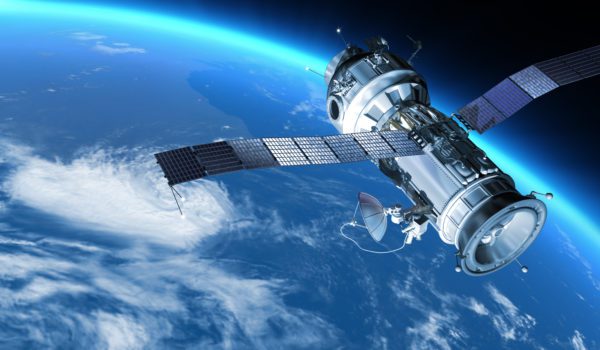Governments and private companies are engaged in a modern gold rush to the stars. After a number of fallow years in the space industry, new projects have blossomed, and like an orbiting telescope, the depth, breadth and profit potential of the last frontier are coming into sharper focus. New and established players in the space industry are taking on planetary defense, deep space observation and exploration, manned interplanetary missions, the development of terrestrial “spaceports” and launch facilities, commercial launch vehicles, CubeSat and satellite clusters, data security, and all the related infrastructure needed to fuel these technological advances.
Estimates place the economics of the space sector at more than $450 billion in 2021, with as much as $22 billion devoted to start-up companies that same year. Projections are that investments in space-related activities will continue to increase year over year for the foreseeable future. The global economy and communities around the world are seeing the benefits from improved technologies to emerge as a result of the burgeoning space industry. From efficiencies in manufacturing to improvements in communications and humans’ ability to interact differently with their environment, space is driving quantum leaps in technology, artificial intelligence, automation, robotics, information handling and transmission, and a myriad of other areas.
Companies at the forefront of the space sector recognize these potential benefits, and it is a worthwhile exercise for those not involved already to envision how they might fit into the space sector or how certain advances in space technology can be leveraged to drive economic growth within their own industries.
Some Recent Examples
NASA recently completed the first mission of its Artemis program that is expected to herald a return by humans to the moon in 2024. Artemis is a $35 billion program utilizing cutting-edge technologies that has involved companies and industries in all 50 states. Artemis I just completed its unmanned mission to circle the moon and return safely to Earth. The Artemis launch vehicle, the SLS, is one of the largest rocket propulsion systems ever.
The James Webb Space Telescope (JWST) launched on Christmas Day, 2021, is another example of a long-term space mission. At a life-time expected cost of $9.7 billion, the JWST has been located at LaGrange Point 2 nearly a million miles from earth. The JWST incorporates significant components from many suppliers and many states and is allowing astronomers and other scientists their deepest looks into the origins of the universe.
Dragonfly is a NASA project intended to send a rotorcraft to Saturn’s moon, Titan. The intent is to explore for possible precursors to life. With more than $850 million committed to the project, NASA will be leveraging technology and engineering from companies across the country.
Planetary defense efforts are also underway. NASA has spent nearly $100 billion in each of the past few years to fund efforts to detect potential threats to Earth and defend against them. In September 2022, NASA successfully intercepted an asteroid with its DART system and altered the trajectory of the asteroid. The technology for planetary defense is still in its infancy; however, these efforts are essential given Earth’s history and the possibility for cataclysmic extinction events.
While such examples speak to the possibility and potential windfall, it is easy to brush past important questions about how to regulate a sector that has yet to fully materialize and for which existing laws might not pass muster. The economics of space can sometimes eclipse the need for some degree of governmental oversight and recourse under the law.
Regulating the Last Frontier
Essentially, “space law” is a broad topic that covers traditional legal services for companies as well as certain nuances unique to space. For example, there are questions about which federal agency has jurisdiction over many elements of both preparations and actual space flight. This is truly an area where innovation and the leaps in technology are outpacing the government’s ability to effectively regulate and administer them. As a result, opportunities abound in the government relations arena to positively shape laws and regulations governing commercial space activities, as well as to inform government agencies and Congressional offices on risks and benefits involved in commercial space activities.
On the traditional legal side, there are supply chain issues (vendor contracts, shipping, import/export of technology), precision manufacturing, logistics, disputes, funding issues, and M&A transactions to be considered. Notwithstanding certain legal and regulatory gray areas, there is a lot of money flowing into the space sector currently, with projections for that trend to continue well into the future.
Opportunities for the Future
Companies that are involved in the space industry currently, or those that would like to be involved, should prepare themselves for a rapidly changing business and regulatory landscape. Establishing positive and profitable relationships with others in the space supply chain is a critical step. Understanding government procurement and oversight is also an important aspect of being involved in the space sector. Finally, proactively addressing issues such as government regulation and legislation through an active government relations program can help make the regulatory landscape as favorable as possible and help ensure long-term economic success.
For more information about space law and other related issues, please contact the author of this article or any member of Frost Brown Todd’s Government Relations Team.

